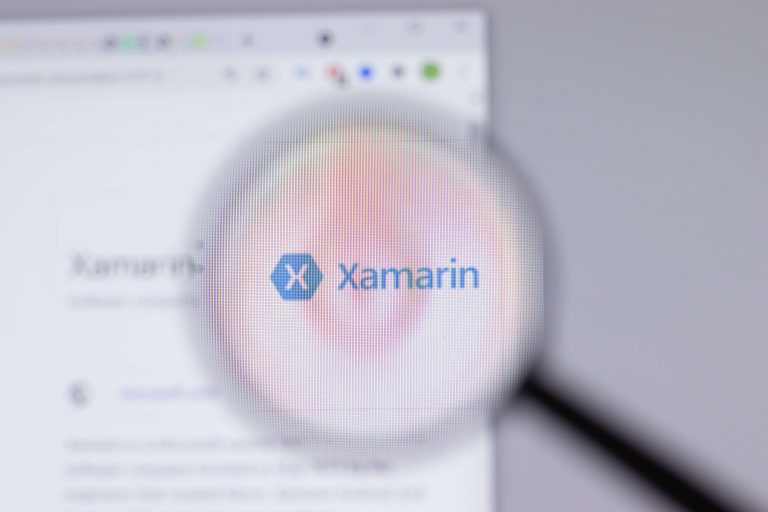Consistency enforcing mechanisms slow down the performance of the distributed database. You will learn how to combine Spark and NoSQL databases to retrieve data for processing and combine Hive and NoSQL databases for data retrieval using queries. NoSQL databases drive applications that need high scalability and flexibility. These database systems can handle large amounts of traffic and data by distributing data across multiple servers. For example, key-value stores use a simple query language limited to basic CRUD (Create, Read, Update, Delete) operations.

And if you need to make changes to your database later on, AppMaster has you covered. Redis is an in-memory robust database that is often used for caching. To set up a SQL database, you might need not only pricey hardware and database development software but also a team of experts to maintain the system. Not ideal for complex transactions that require ACID (atomicity, consistency, isolation, durability) compliance.
SQL Vs NoSQL: Difference Between SQL and NoSQL
They can create views, indexes, and triggers for additional functionality. That is unlikely in the short term, as huge numbers of programmers across the globe use Java and Oracle, which project managers and users understand. With the others, look at them individually to see if they will fit in with your resources, skills, tolerance for suffering lost transactions, etc. The addition of a sale to a sales database is an easy-to-understand concept. Once it’s done, Oracle calculates on-hand inventory using a saved SQL operation called a view. For MongoDB, a program would have to go through inventory items and takeaway the sales to work out the new on-hand inventory.

NoSQL databases were built for great performance and generally outperform SQL databases. Some NoSQL databases boast the impressive speed of data processing. SQL databases have been in use for many decades—and surely they will be in use for many years into the future. In this https://www.globalcloudteam.com/ guide, we will cover the major differences between SQL and NoSQL databases, highlight the pros and cons of the two, and outline the best database tools. SQL databases can be more expensive than NoSQL databases, especially for enterprise-level features and licensing.
When to use SQL vs NoSQL for your business
The difference between SQL and NoSQL databases is really just a comparison of relational vs. non-relational databases. Deciding when to use SQL vs. NoSQL depends on the kind of information you’re storing and the best way to store it. You can handle higher traffic via a process called sharding, which adds more servers to your NoSQL database. Horizontal scaling has a greater overall capacity than vertical scaling, making NoSQL databases the preferred choice for large and frequently changing data sets.
- If you need a database that is easy to scale horizontally and is less expensive to maintain, then a NoSQL database is a good choice.
- SQL has been around for over 40 years, so it is widely recognized, well documented, and widely used.
- While this world would be a little chaotic, speaking Y language would be fine because you would be sure to find a fellow idiot!
- An SQL database wouldn’t be able to handle these objects as effectively, making it difficult to fulfill your data requirements.
Another notable property of NoSQL is its support for distributed architectures. NoSQL is evolving and it’s a bit of the “wild west” out there with options changing quickly. If you’re uncertain when to use SQL vs. NoSQL or which way to go or are facing a tough problem, contact us for a consultation. As discussed above, NoSQL provides much greater flexibility and the ability to control costs as your data needs change. In NoSQL, we are working with a highly flexible schema design or no predefined schema. It’s difficult to predict how the application will grow over time.
The Unified Stack for Modern Data Teams
NoSQL databases are often used for handling large amounts of data that are not well suited to the relational model. NoSQL databases due to their non-rigid structure can store and combine any type of data, unlike relational databases that can store only structured data. As we have already mentioned, relational databases can be scaled vertically, horizontal scaling is restricted because of the strict consistency requirements.
Single node peer-to-peer architecture, however, allows for easy scalability. As new nodes are added to the database clusters, performance is increased. This scaleout architecture also adds more servers running replicas of the database. A simple click of the mouse can scale clusters up and down to meet demand. Scaling up a relational SQL database often requires taking it offline so new hardware can be added to the servers.
Data Normalization
For example, a PostgreSQL database can provide fast response times for complex queries on a few million rows. SQL (Structured Query Language) is a programming language used to manage and modify structured data in a relational database management system (RDBMS). NoSQL databases are built to support multiple different data models and be versatile in data handling and distribution needs. They’re easily scalable and flexible, making them equally suited for handling structured, semi-structured and unstructured data. SQL stores data in tabular form with labelled rows and columns. The common structures adapted by NoSQL databases to store data are key-value pairs, wide column, graph, or document.

Of course, utilizing a serverless hosting service such as Backendless can alleviate the scaling concern. In this course, you are going to go back to basics to learn what exactly a database management system (DBMS) is and how it’s defined. You are then going to learn database design and why it’s important as well as what a database management system is. BASE values availability over any other value because BASE users care most about scalability. Industries like banking that require data reliability and consistency depend on an ACID-compliant database. Relational databases and some NoSQL databases (those that support strong consistency) that meet these four goals are considered ACID-compliant.
Each one is worth your time
With SQL we’re limited because we will inevitably max out on capacity and scaling up is expensive. Scaling out with SQL is possible, but requires extensive effort (partitioning, sharding, when to use NoSQL vs SQL clustering, etc.) and cost. Integrate.io has hundreds of built-in integrations that make it easy to work with your new database technology, whether you choose a SQL or NoSQL system.

However, NoSQL languages lack the standard interface which SQL provides, so complex queries can be difficult to execute. SQL databases, in contrast have had more than four decades to establish their well-defined. A mature community offers almost limitless possibilities for collaboration and support. SQL has been around for long enough now that its community is large and well developed. If you need a query answered or want to pick up new skills, there are seemingly endless forums full of experienced users who will be glad to help you out. NoSQL can’t match this level of peer support yet because it’s the new kid on the block, so unfortunately, you’ll have to come back in a few years.
Traditionally resource-intensive upgrade and scaling
Here are a few real-world SQL and NoSQL project ideas to help you understand better the implementation of each database for your big data applications. SQL databases are designed to be ACID compliant, meaning they guarantee the atomicity, consistency, isolation, and durability of transactions. This ensures that data changes are either fully committed or rolled back in case of failures. For example, a transaction that transfers funds from one account to another must succeed or fail to ensure data consistency.
